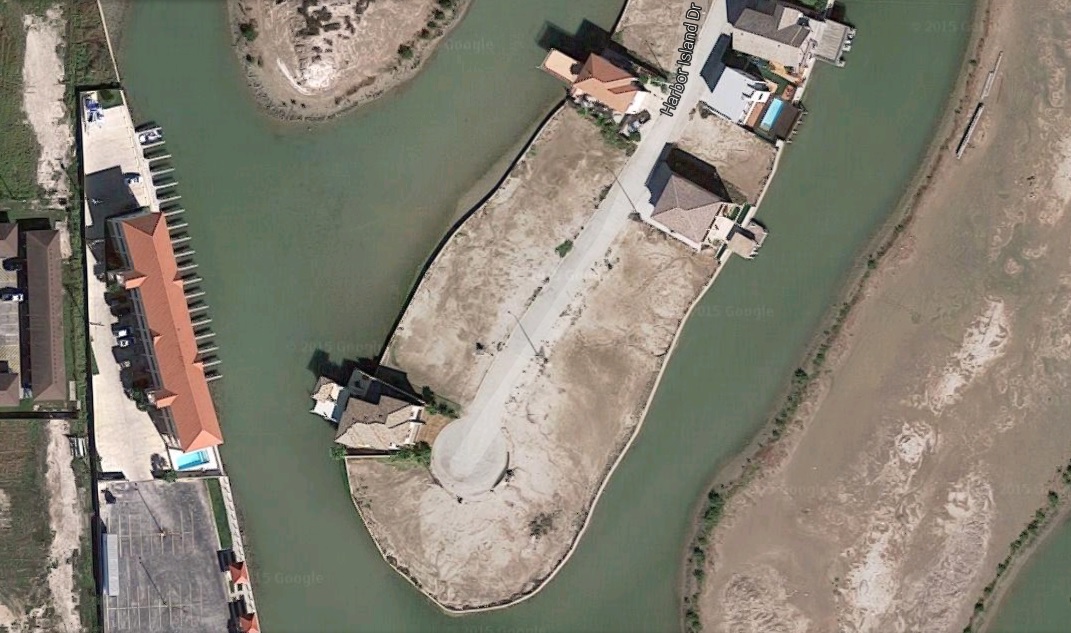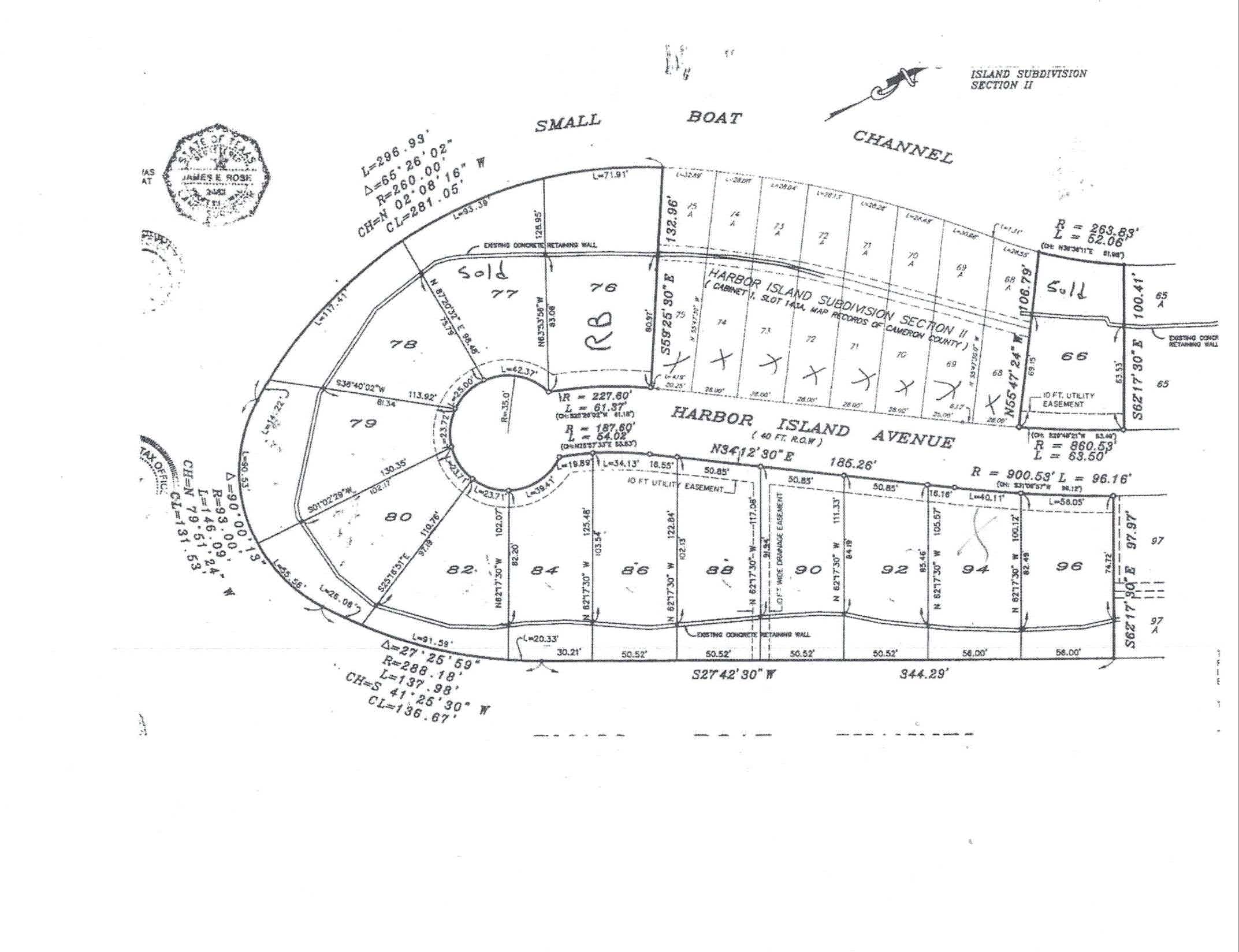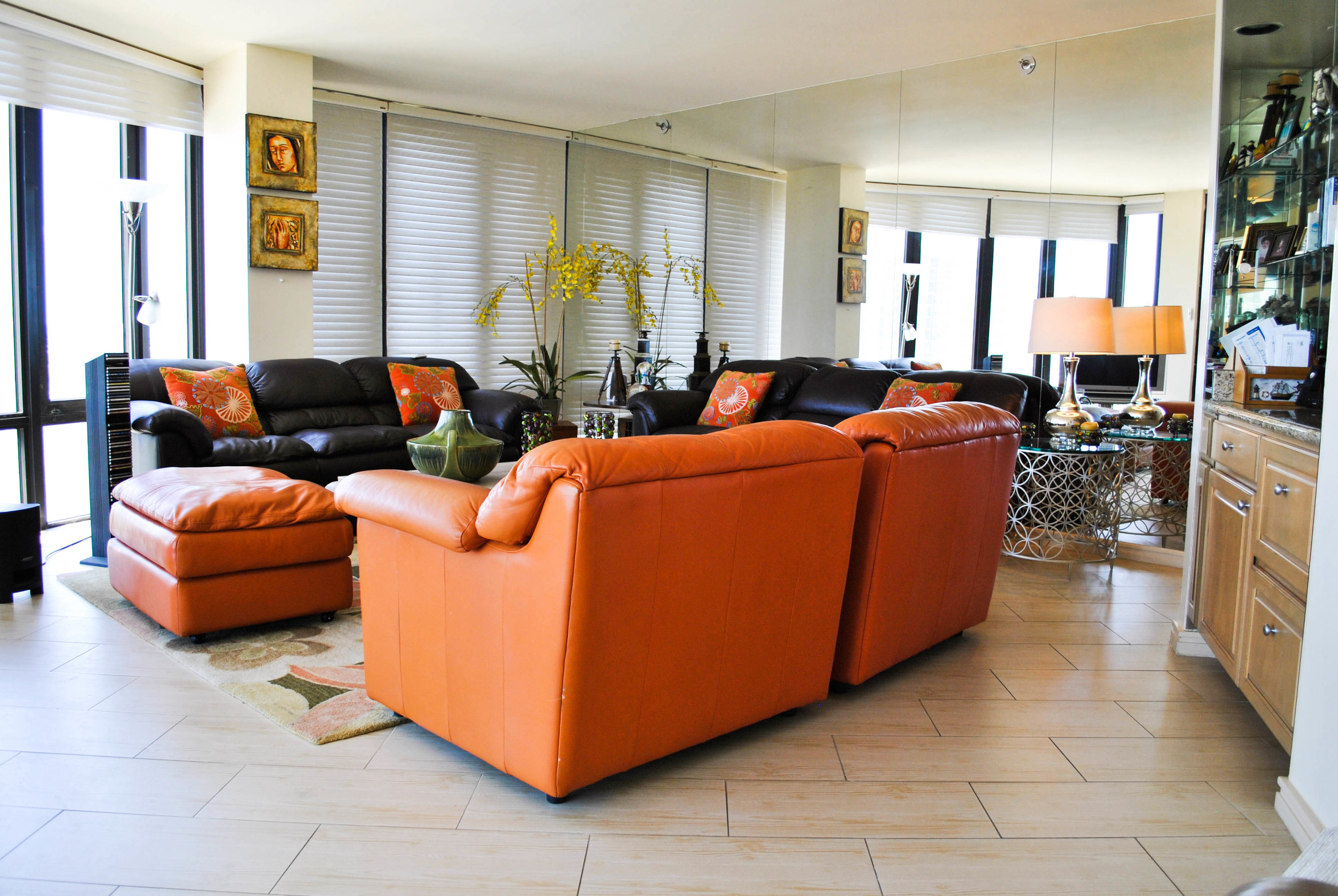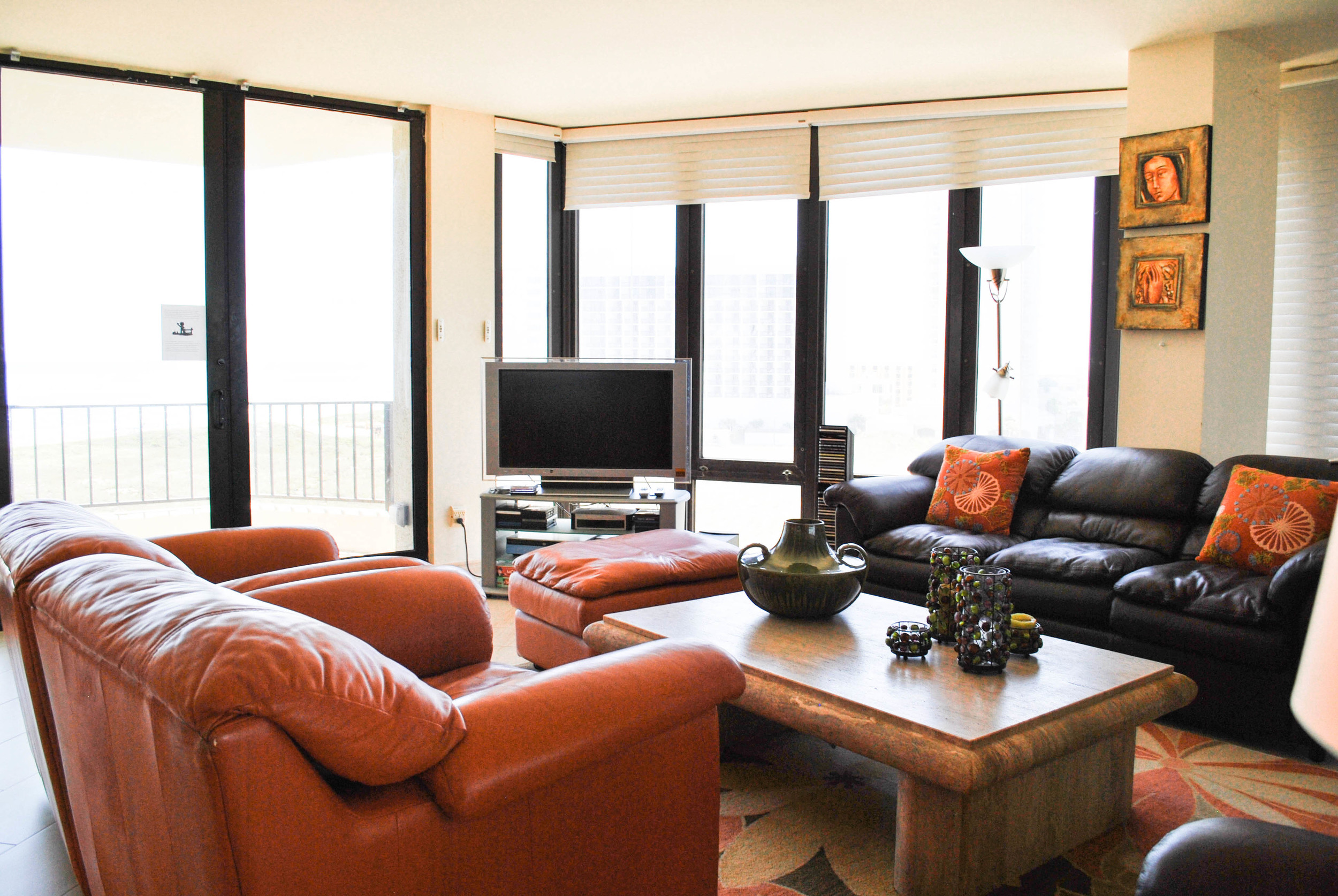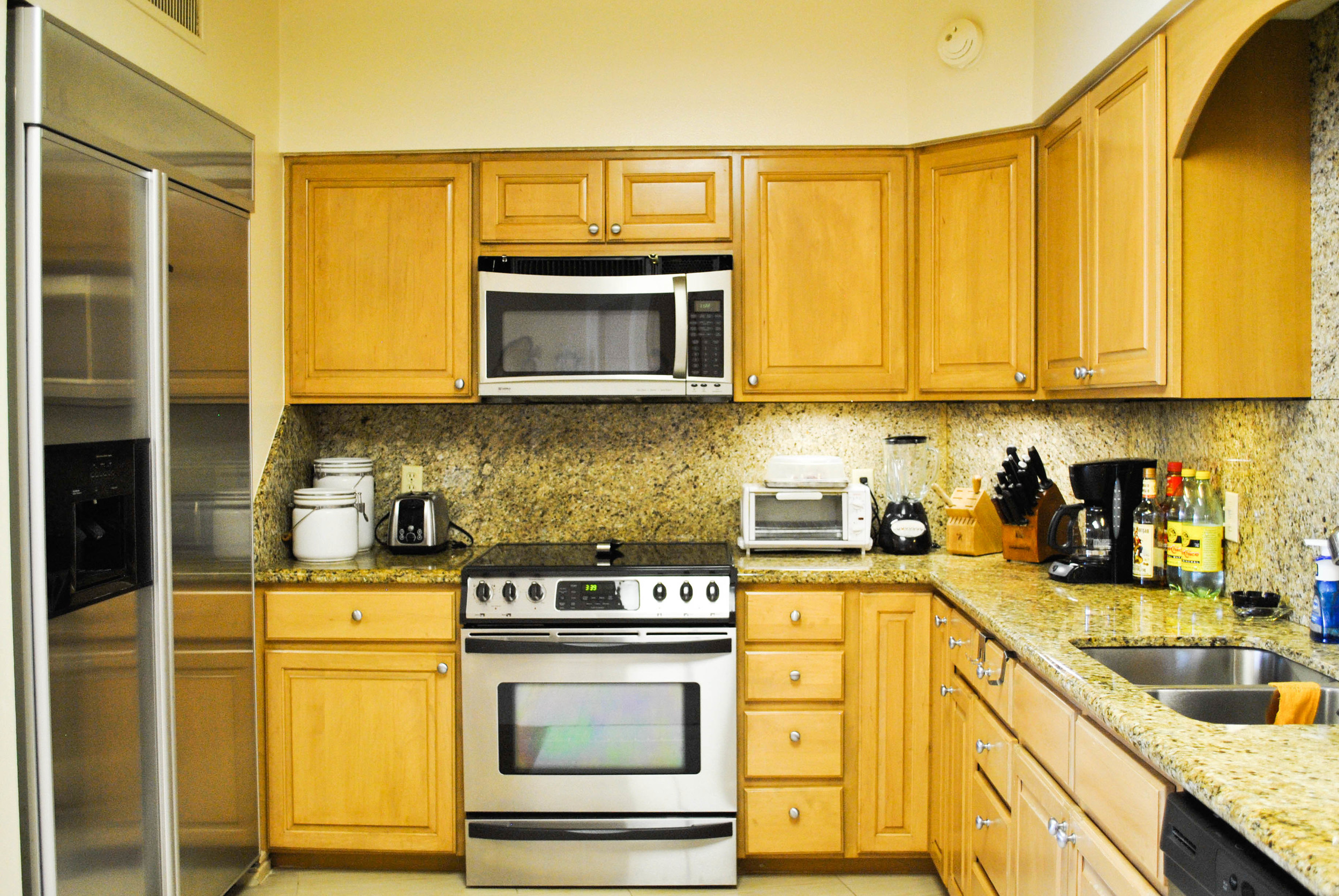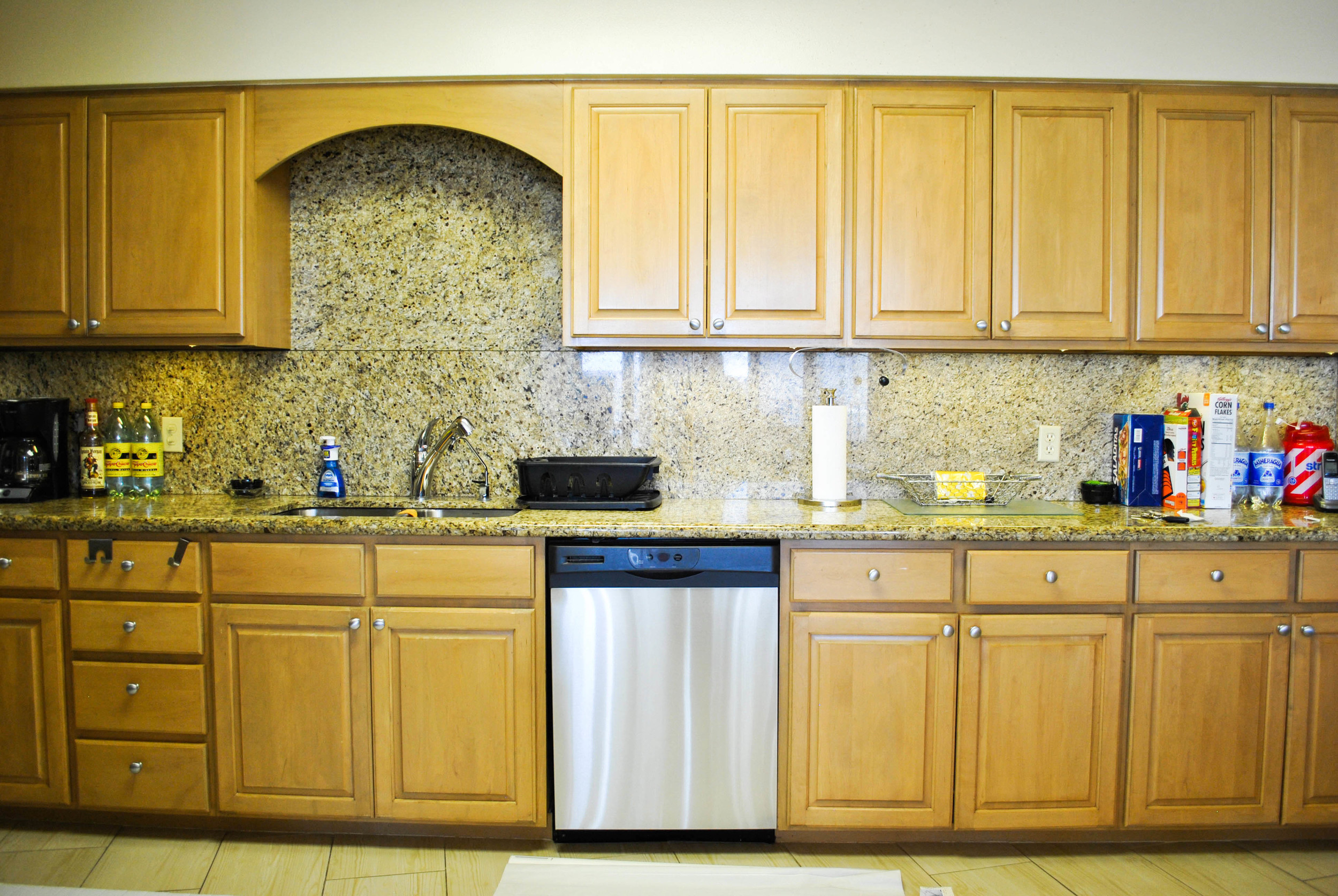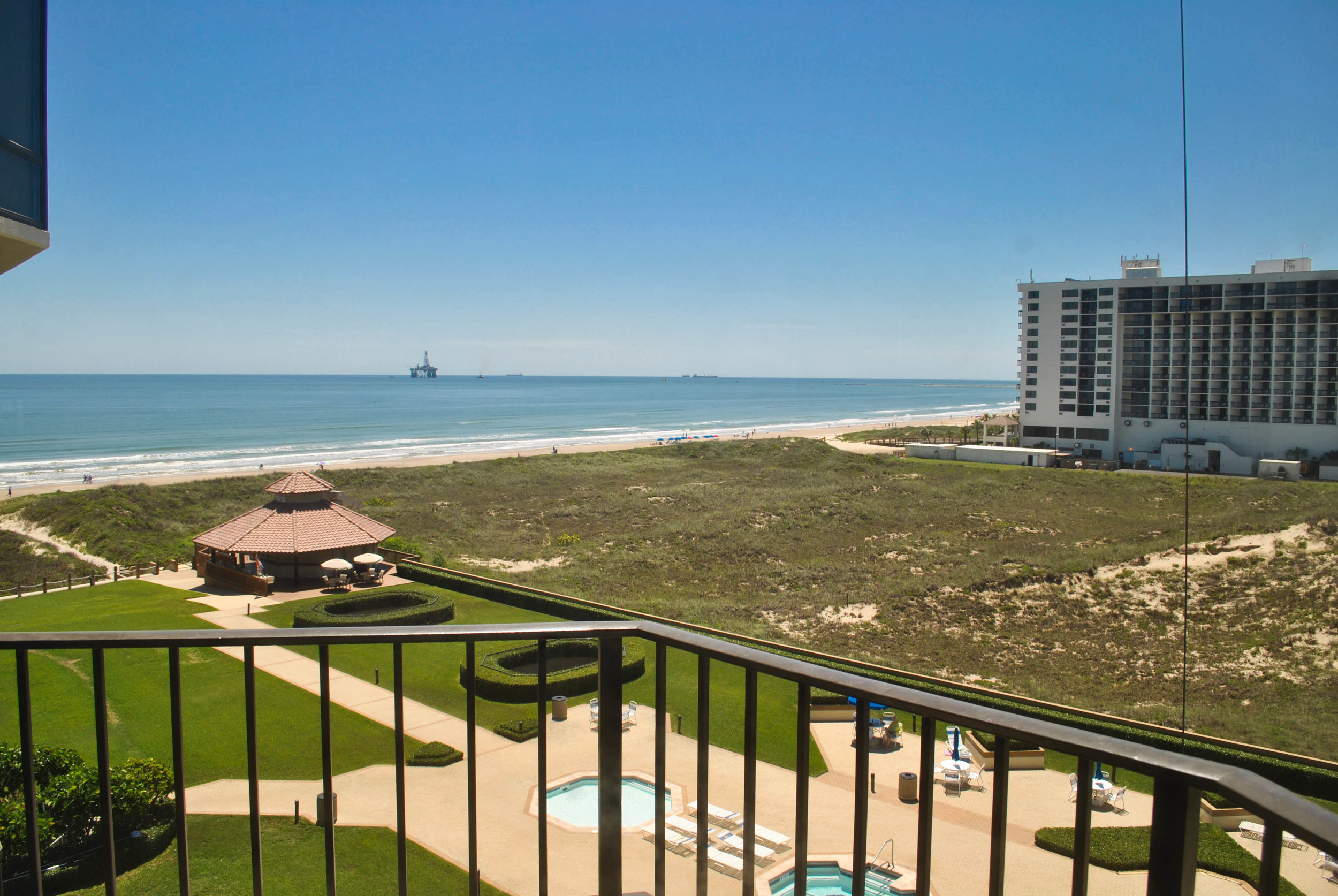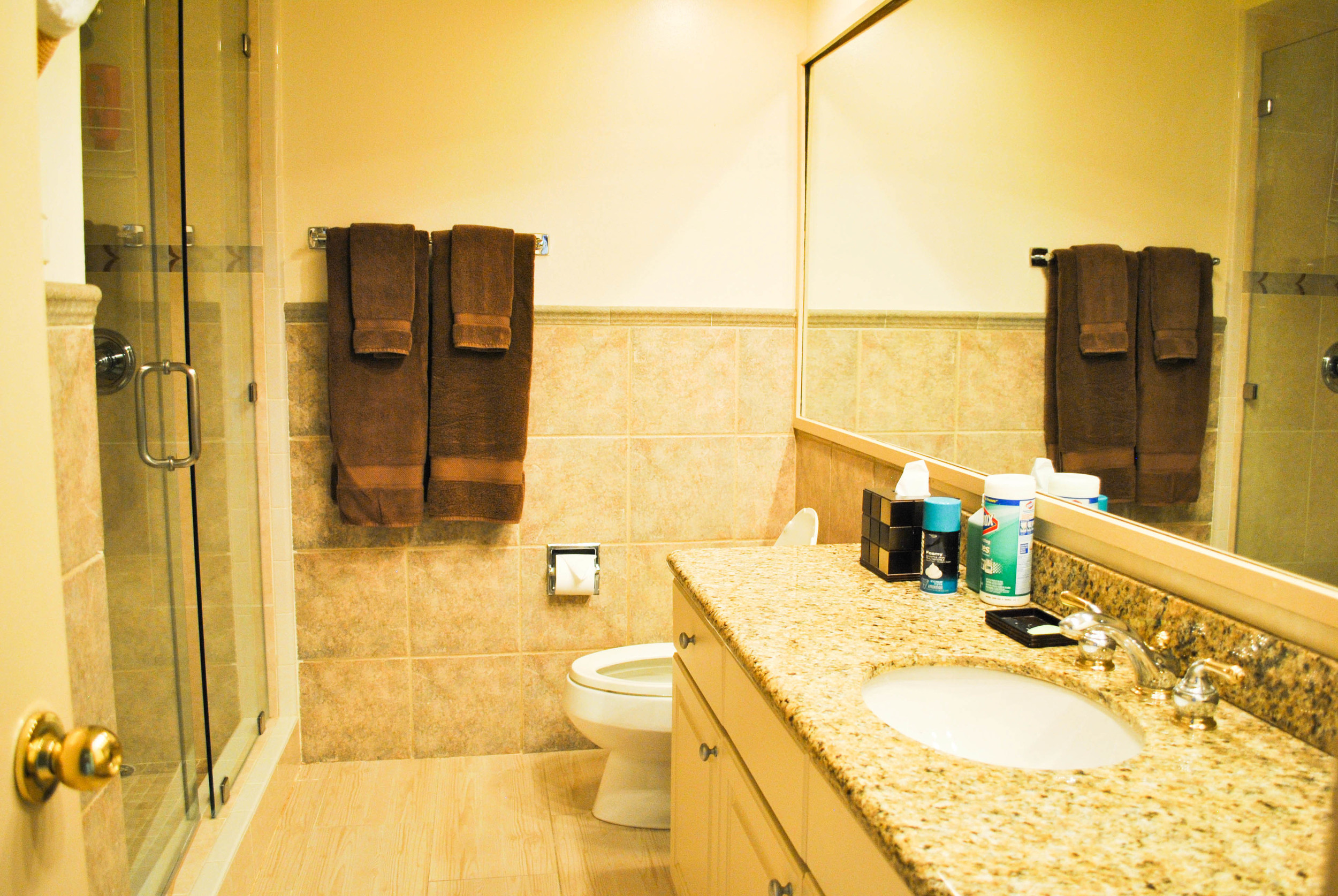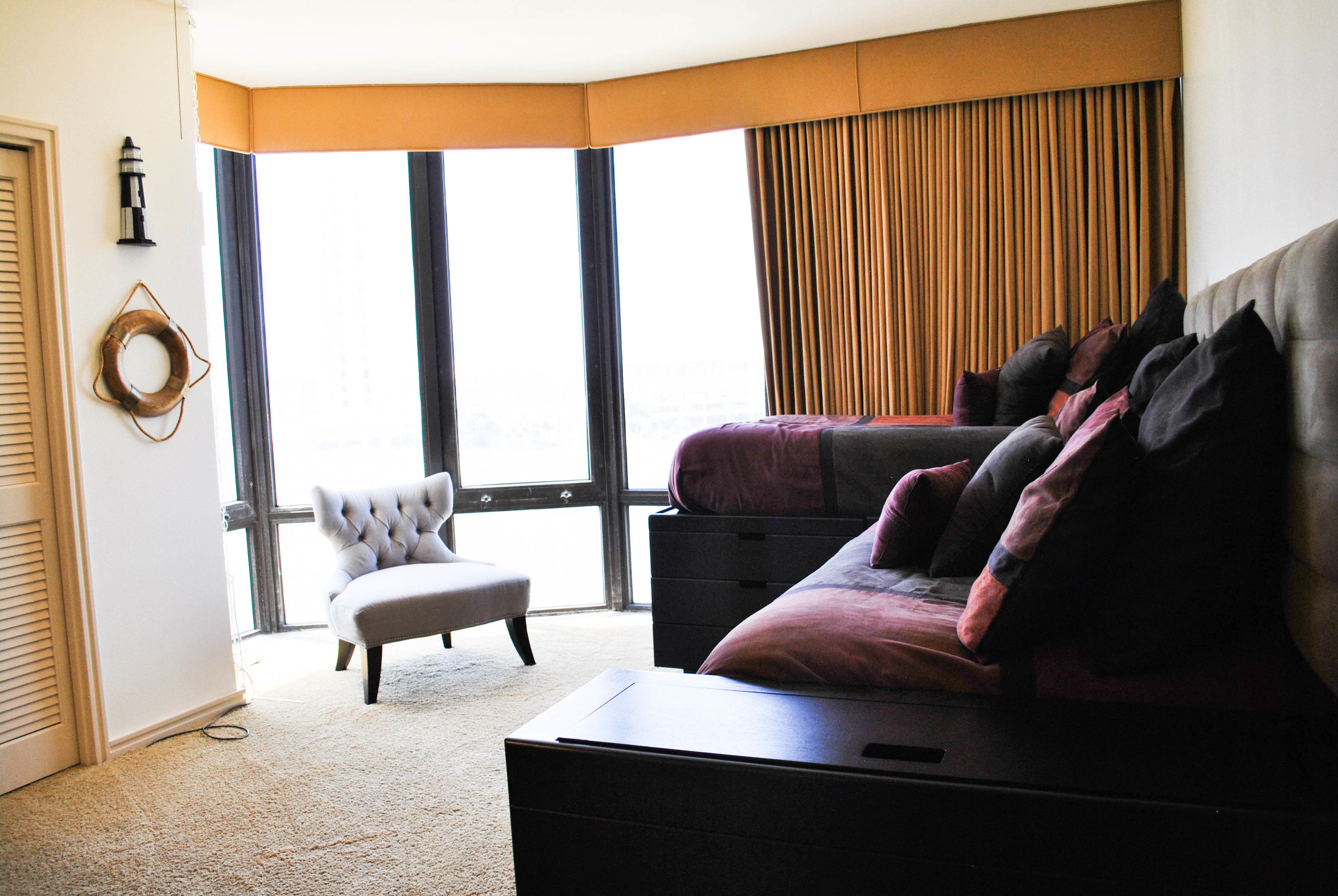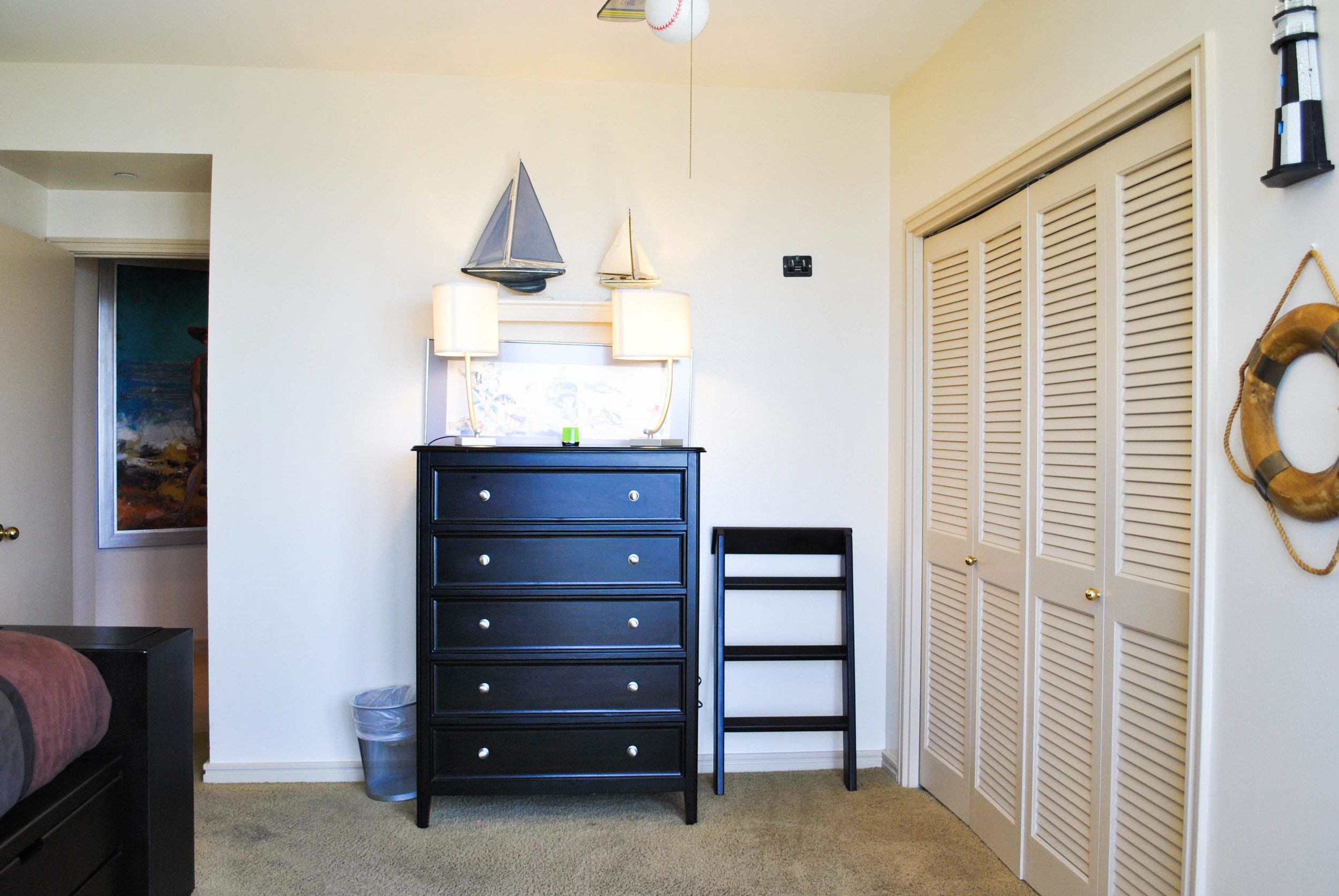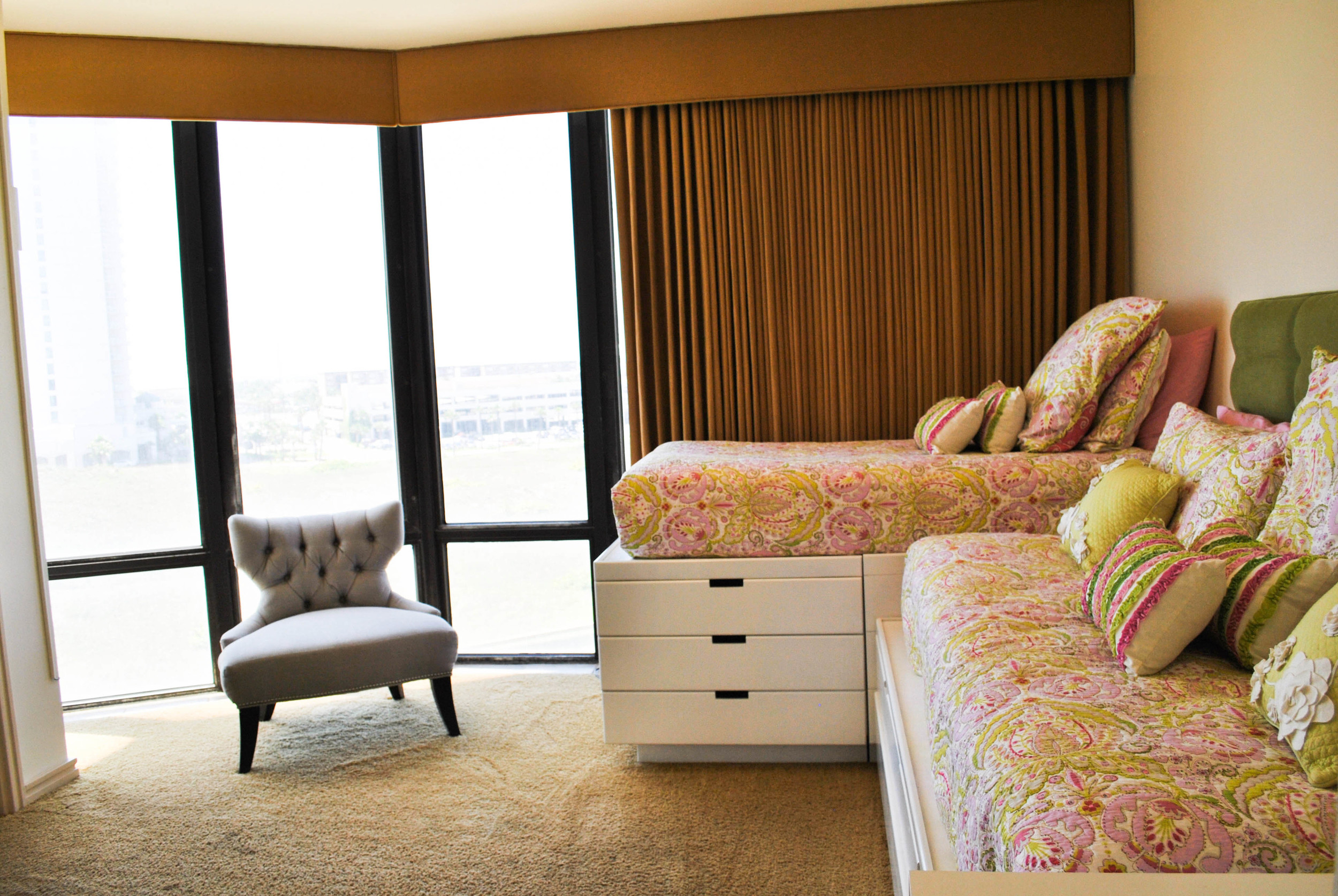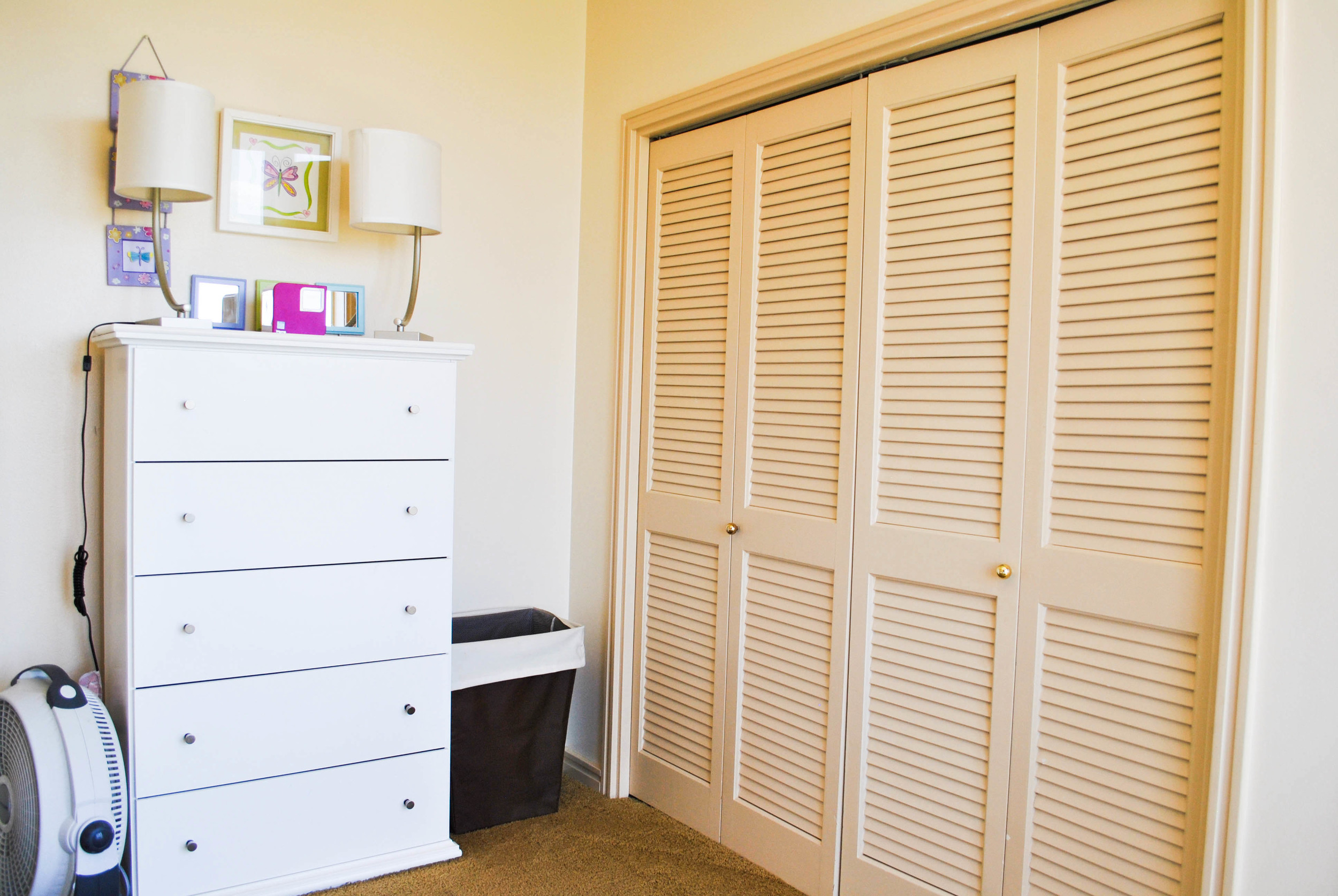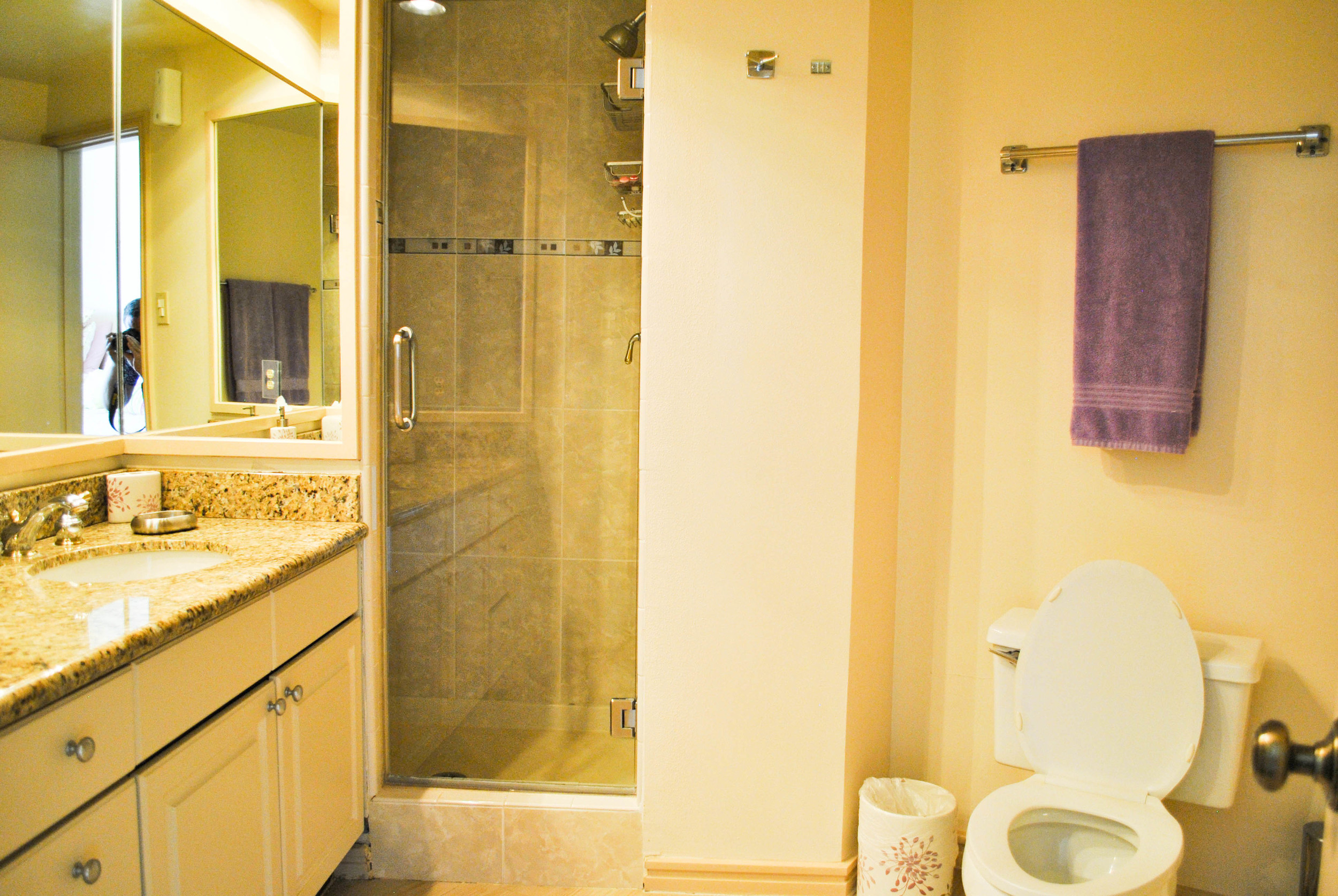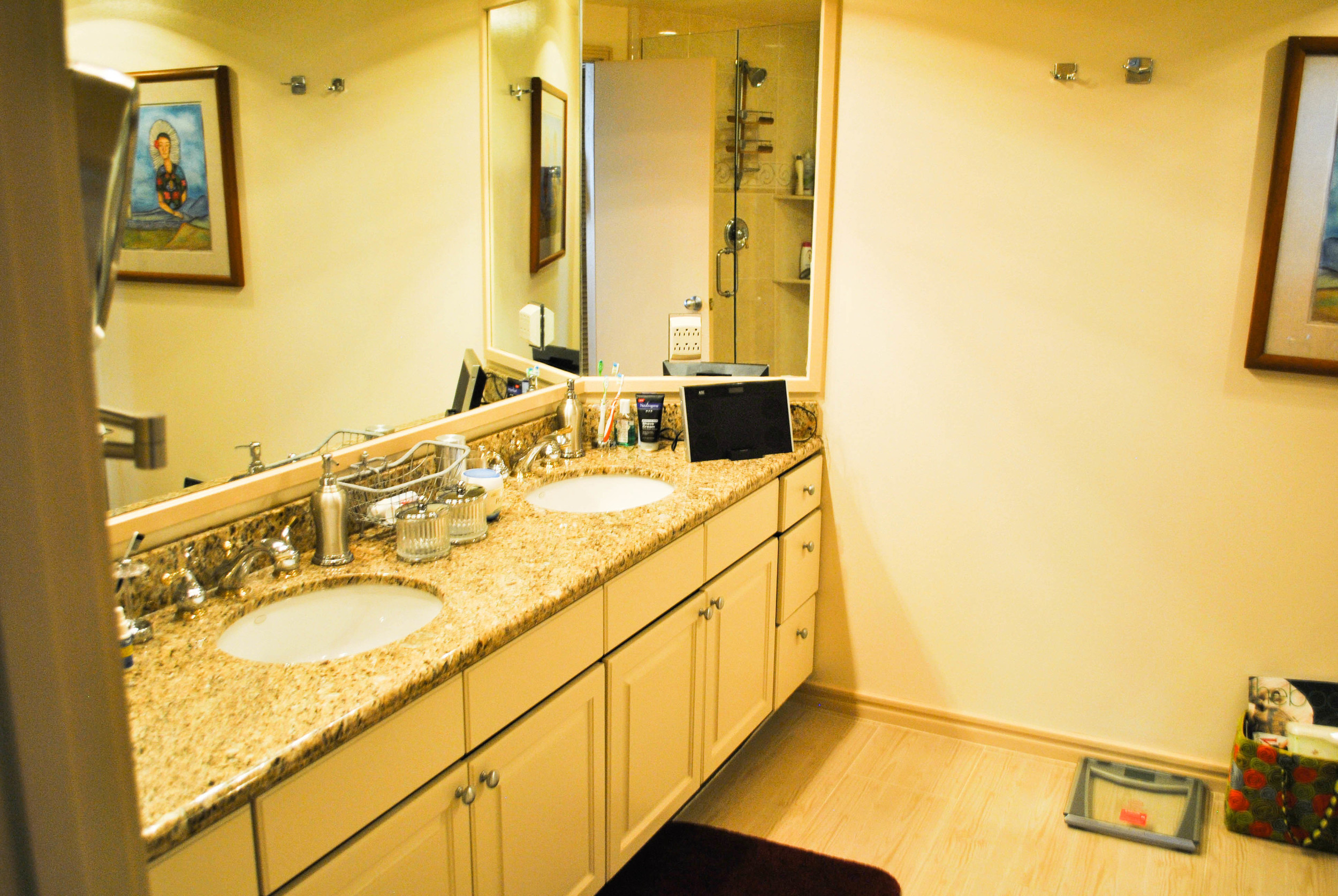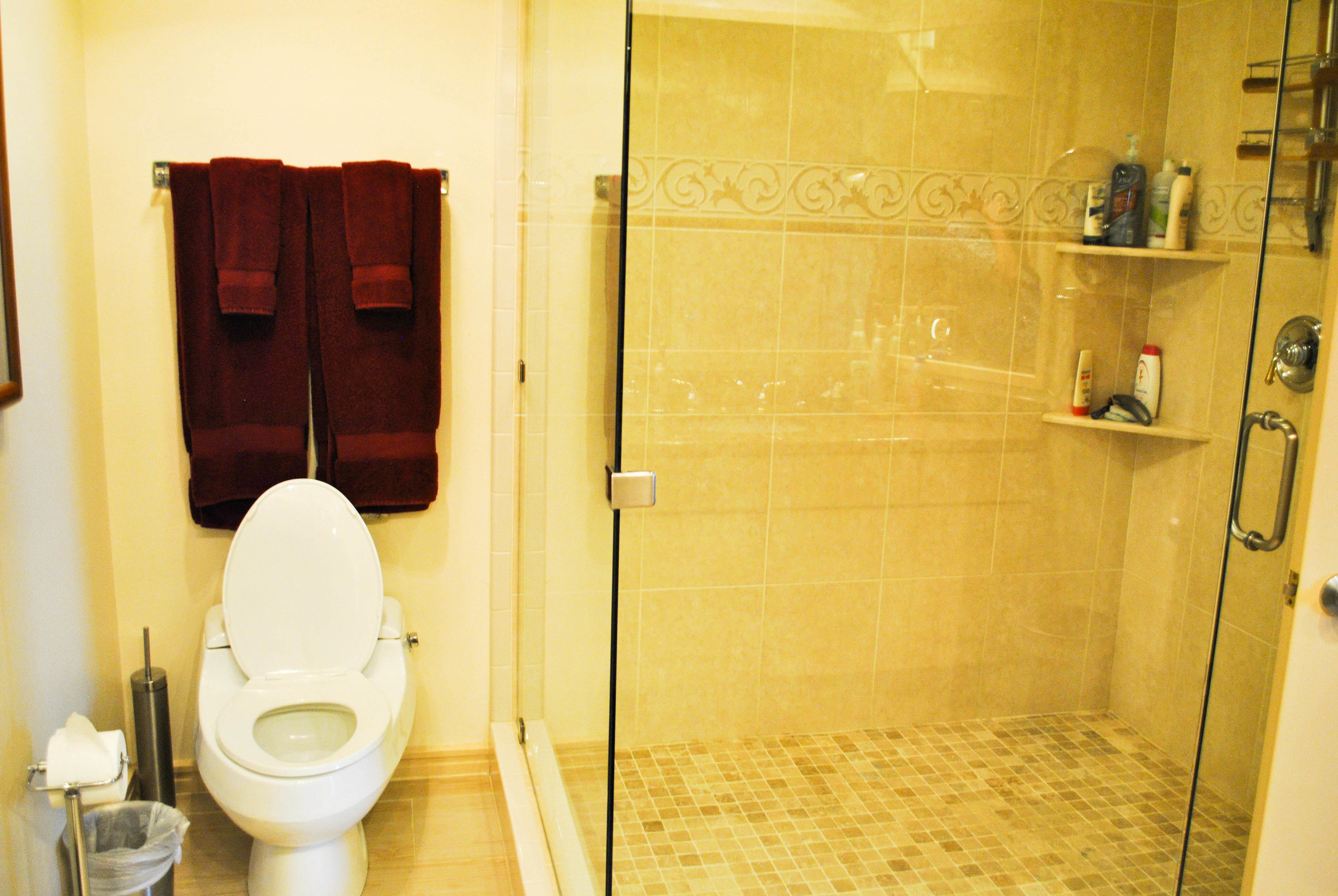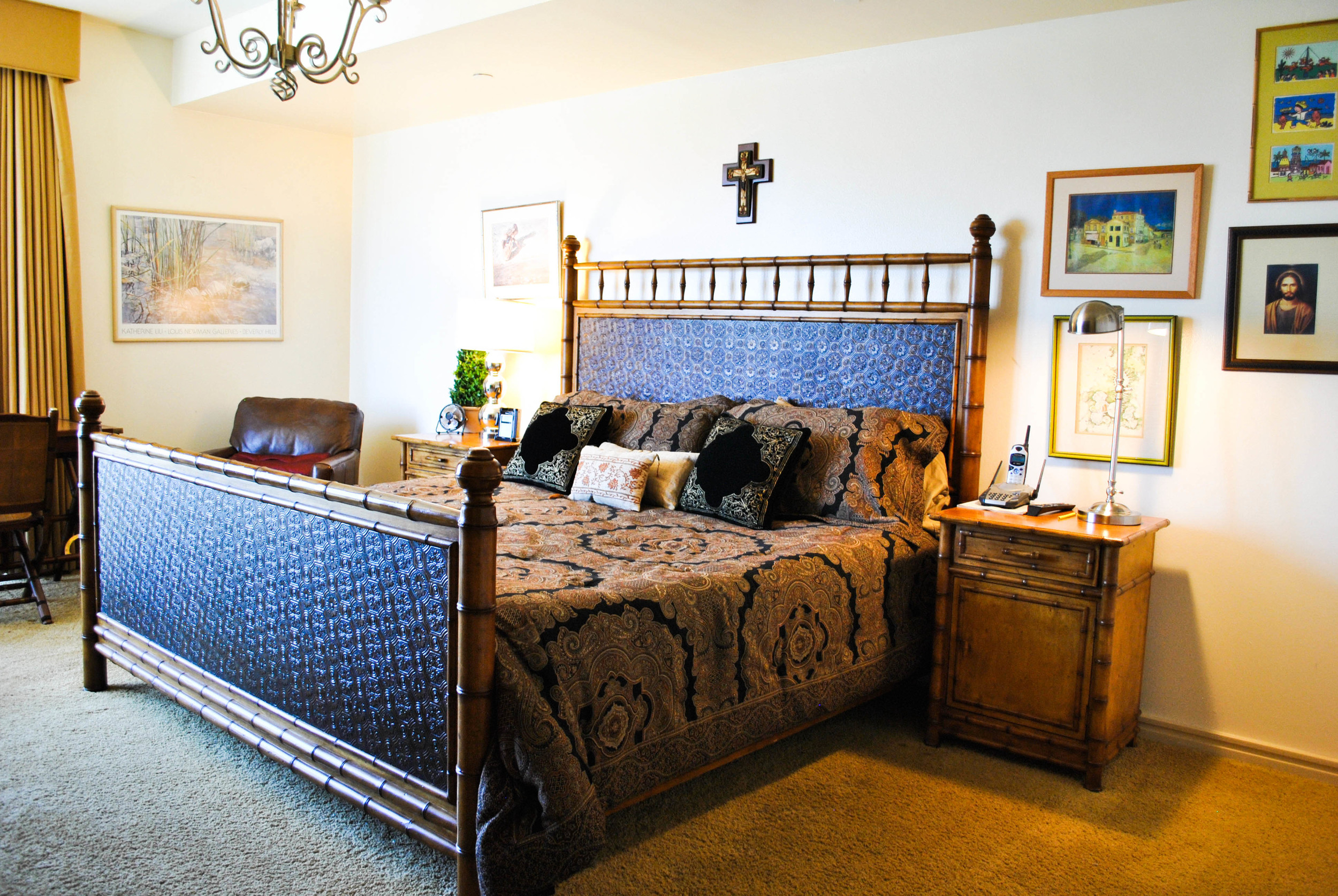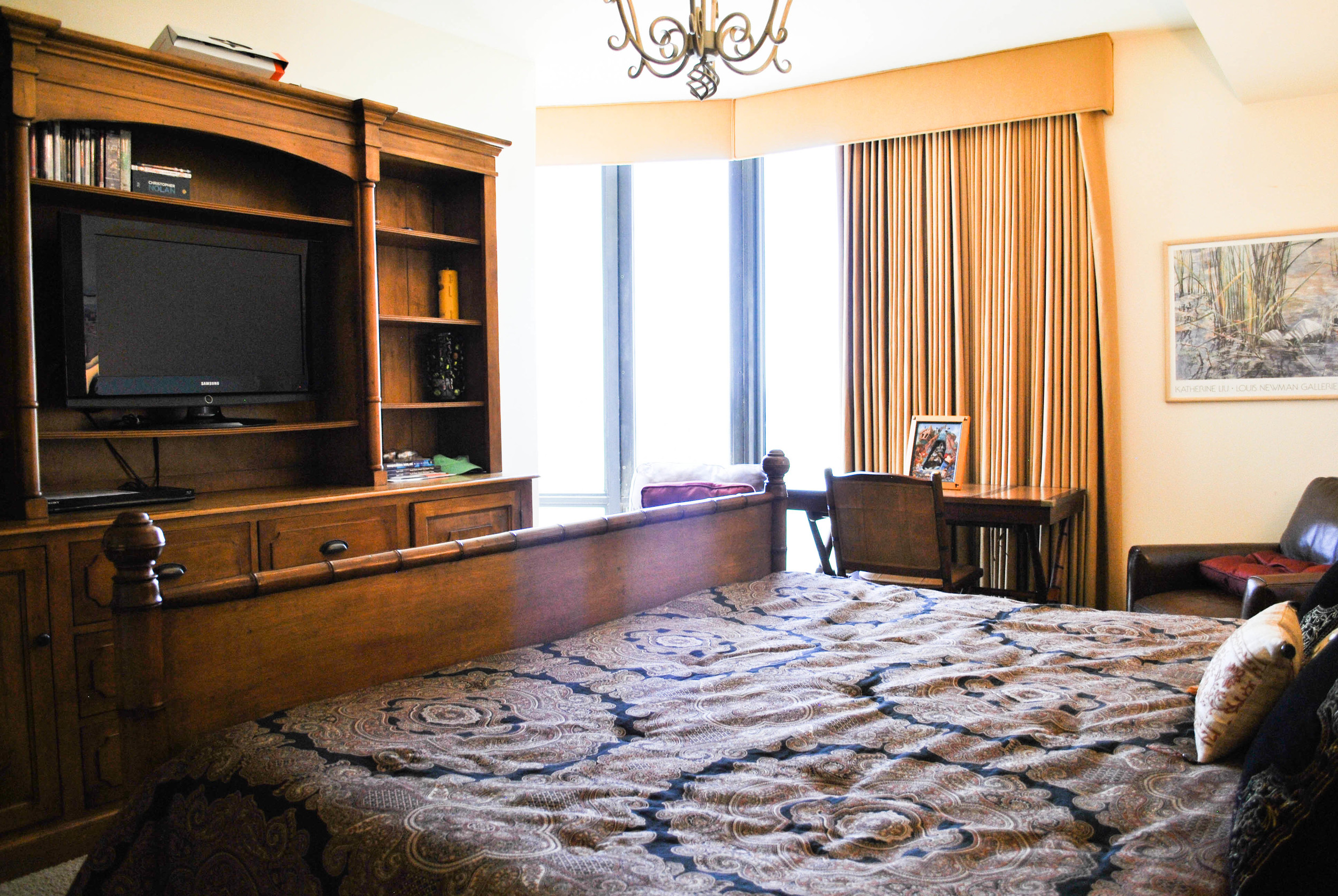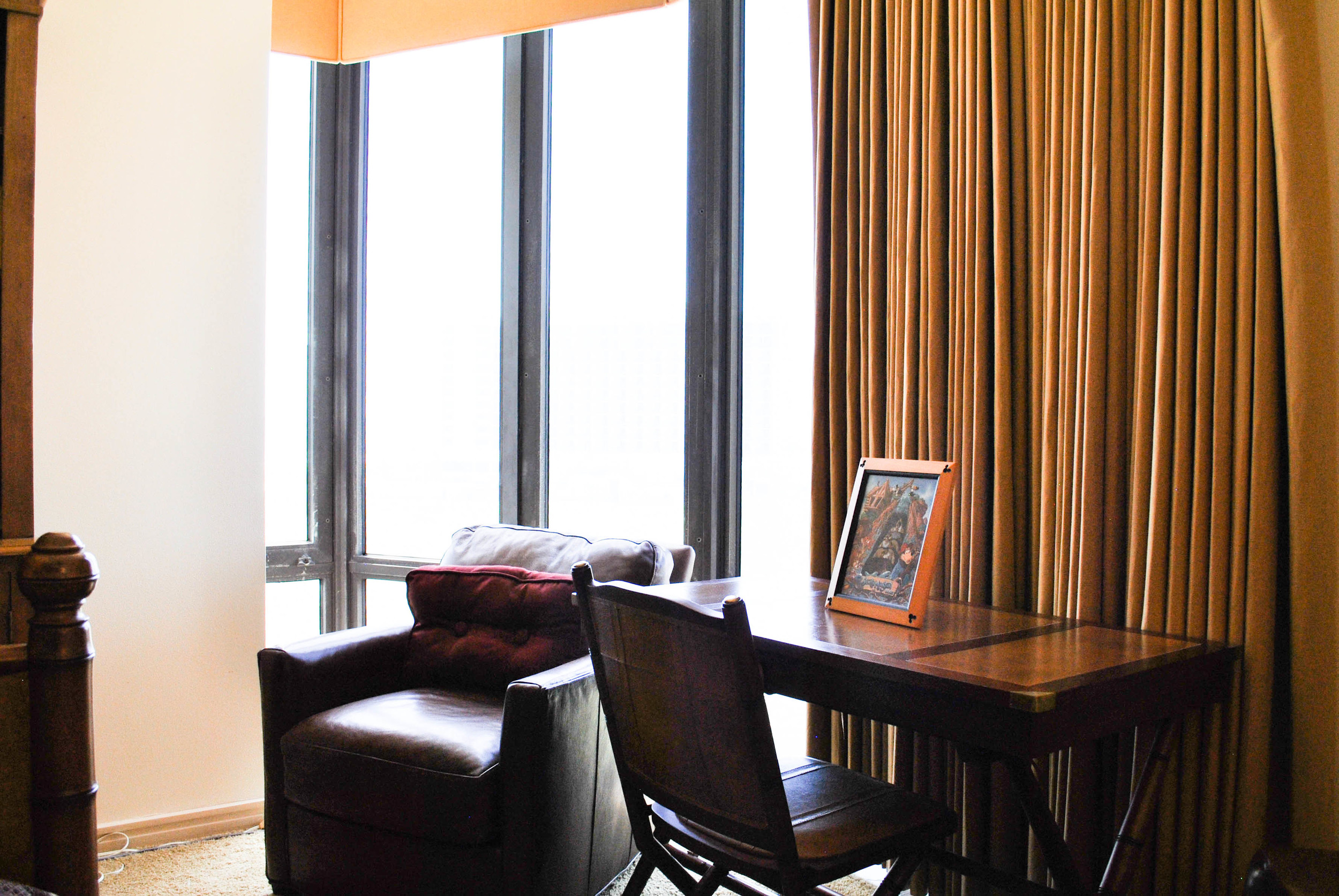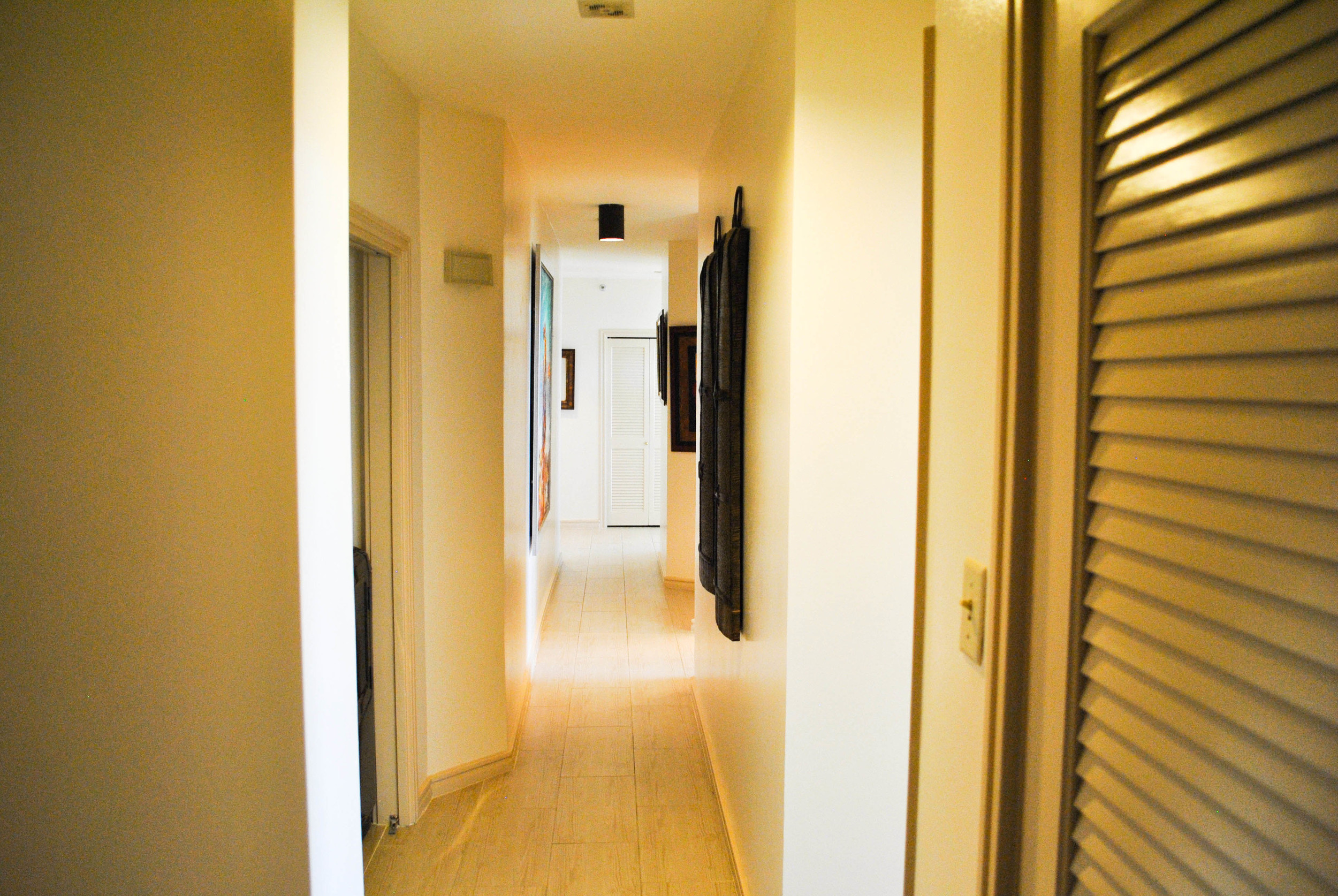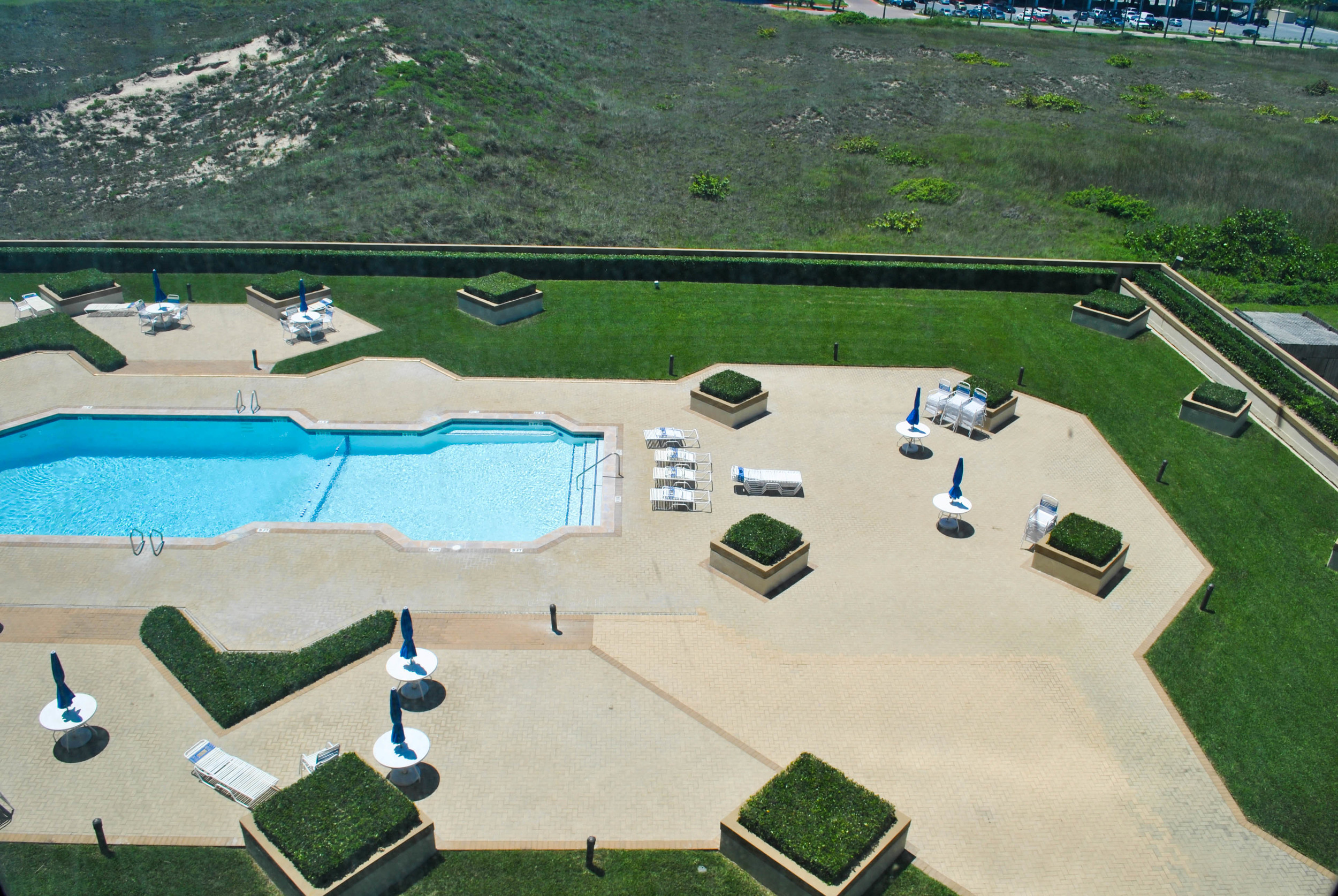Via THE MONITOR
Home prices and sales have gone up over the past year across the Rio Grande Valley.
The median price for a single family home in the McAllen-Edinburg-Mission metro area is $122,500. That’s a 3.8 percent jump compared to 2014 prices, according to the second quarter Texas Housing Report compiled by the Texas Association of Realtors and Texas A&M Real Estate Center, which came out this week.
The median price for a single family home the Brownsville-Harlingen metro area is $123,000 — a 6 percent increase since last year during the second quarter.
Across Texas, home sales have increased 4.7 percent overall and median home prices went up 8.1 percent to $200,000.
Cameron County also saw home sales jump 7.1 percent in 2015 while in Hidalgo County, those sales grew only 4 percent since last year.
But there were fewer physical houses sold in the Brownsville-Harlingen market overall — only 577 compared to 697 in McAllen-Edinburg-Mission real estate market.
As a veteran, Romero is eligible for the GI bill, which helps pay for a university education and offers a direct path for home ownership.
“Many new home buyers are in a transition for relocation or they changed jobs and got a raise and are looking to increase,” said Miki McCarthy, an agent with Cadence Real Estate in McAllen.
While the housing market in Cameron County saw a greater percentage increase, that doesn’t mean the Hidalgo County market is falling behind.
“Each one is a reflection of its own market and not in comparison to the other market,” said Mickey Furcron, president of the Brownsville-South Padre Island Board of Realtors about the report. “We’ve got some great weather here, the beach attraction, SpaceX coming into Brownsville and the port has some LNG companies interested.”
Overall though, the biggest challenge is lack of new homes on the marketplace.
“We don’t have enough new home construction going on in Texas to meet the demand and that’s part of financing too, because a developer needs a lot of credit and that’s been sluggish for the past five years,” he said.
In a quick search for available homes in the $115,000 to $125,000 price range within city limits there were only 31 that popped up on Tuesday, he said.
Hidalgo County real estate agents concurred with that assessment.
“All real estate is a local market, there is no national real estate market,” said Lee Jinks, executive director for the Greater McAllen Association of Realtors. Home sales tend to pick up from January to April then climb to a peak in August — right before school starts again — then tapers off, he said.
In Brownsville-Harlingen during the second quarter of 2015 there are 11.5 months of housing stock before the market would sell out, down from 13.4 months during 2014.
Some builders are skittish to invest in Brownsville because of the high price tag for impact fees levied by the Brownsville public utility board, Jinks said. The current impact fee for the smallest meter is $2,600 for water and wastewater, according to the agency’s website.
In the McAllen-Edinburg-Mission metro area there is about 10.6 months worth of inventory, down from 11 months from last year during the same quarter.
In May, out of 236 residential home sales, there were six homes sold for $30,000 and below, 34 that sold between $120,000 and $140,000, and 24 sales for houses with prices between $140,000 and $160,000.
Only 22 homes sold for the $160,000 to $180,000 price range and two sold for more than $400,000, but that’s a very small snapshot, he said.
“This may be one of the best markets we’ve seen in Hidalgo County,” Jinks said. “I think it’s just a matter of the market bouncing back.”
